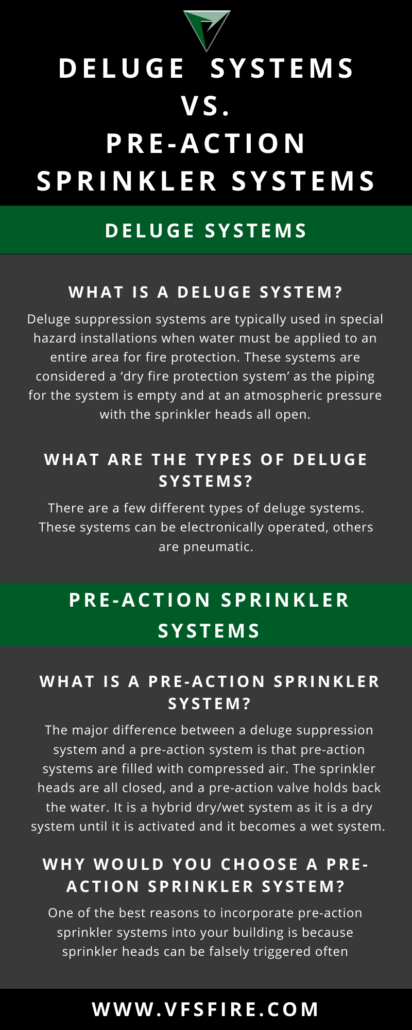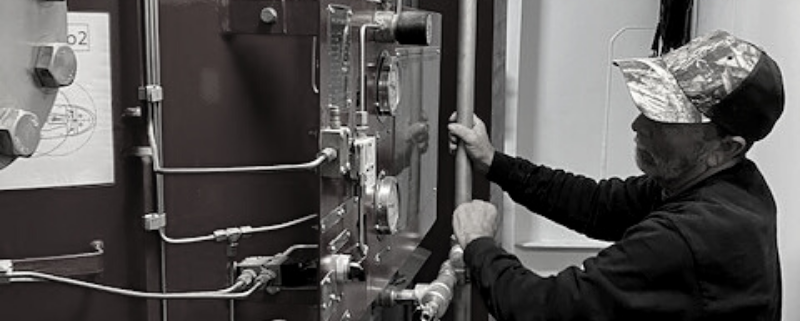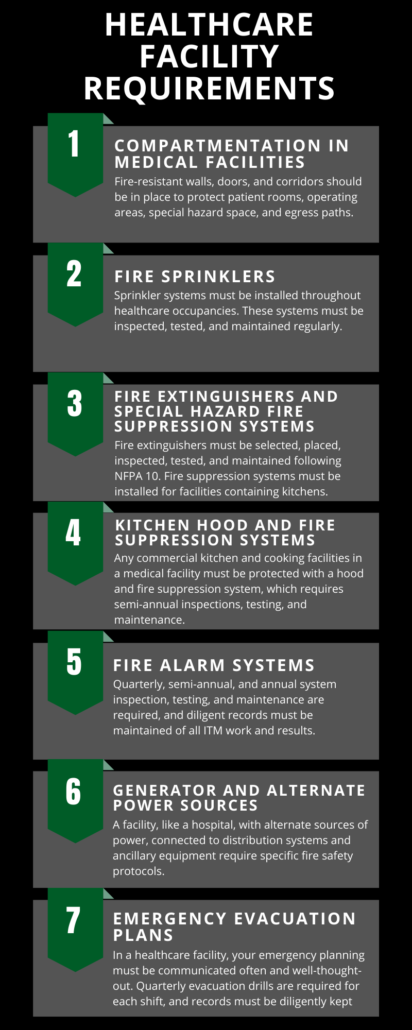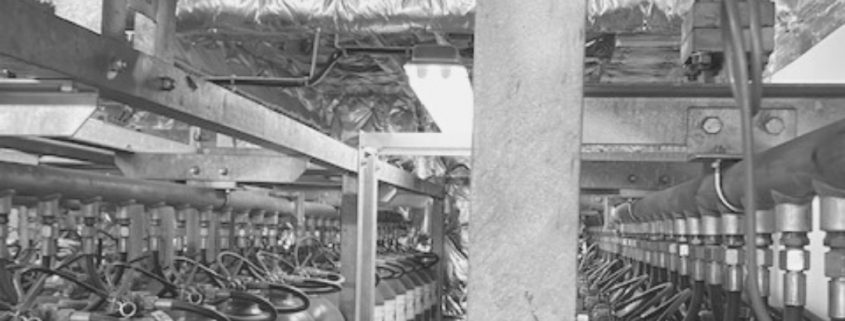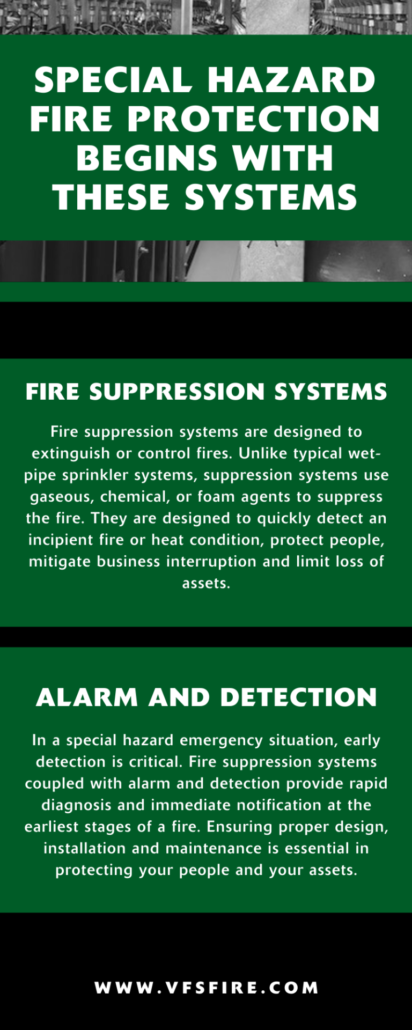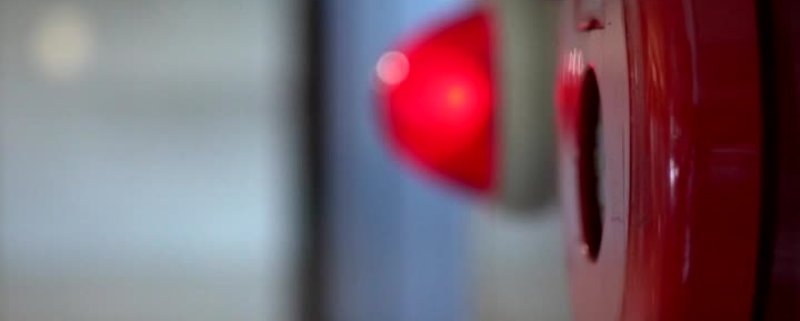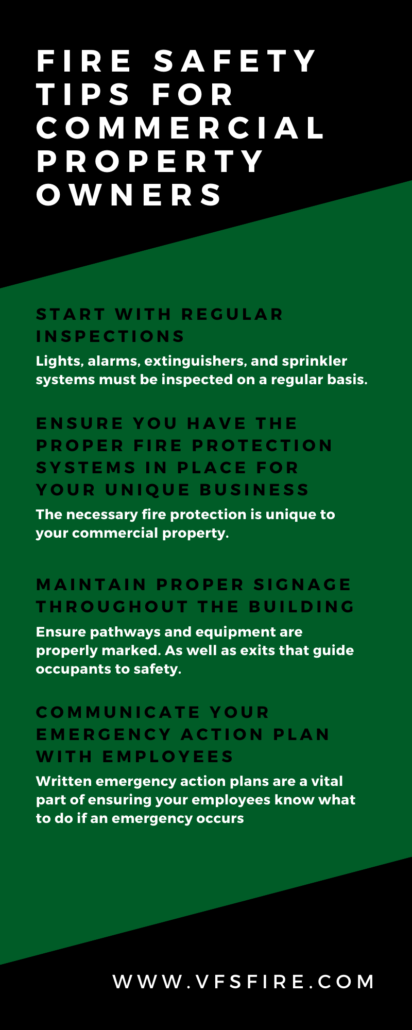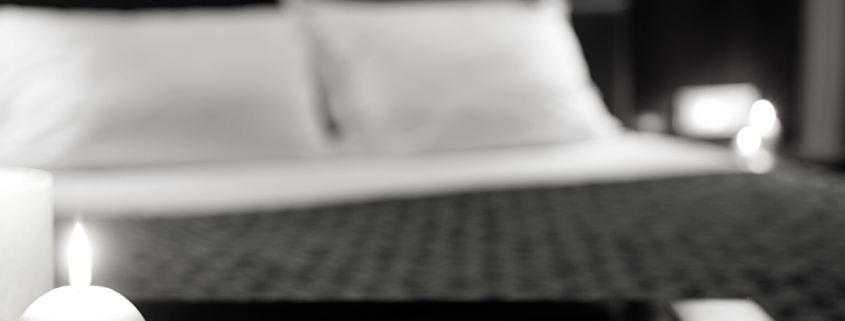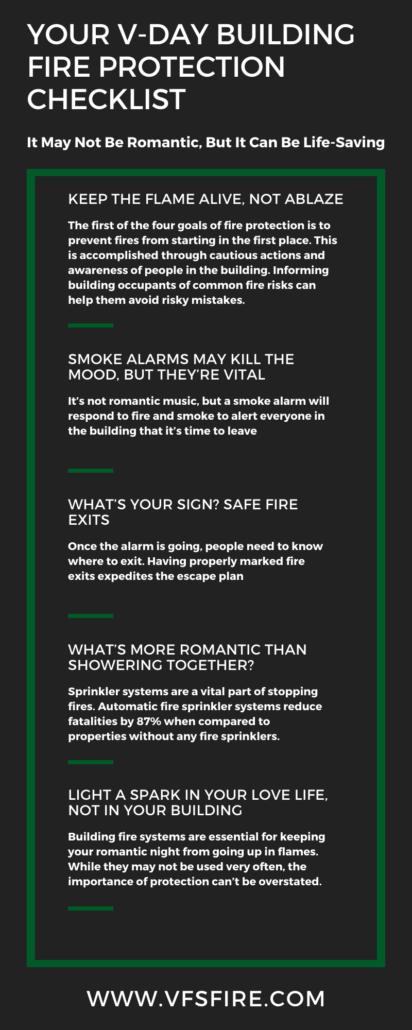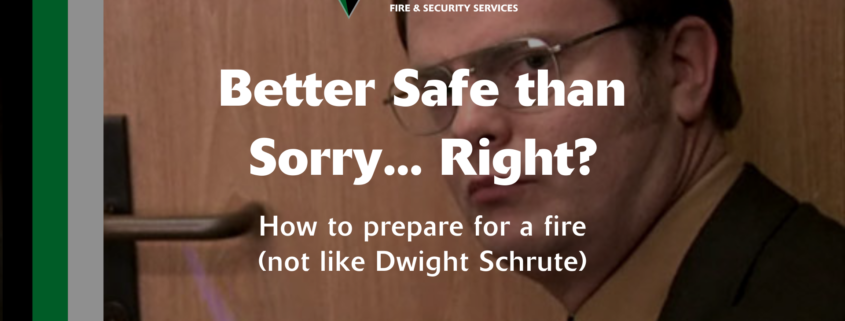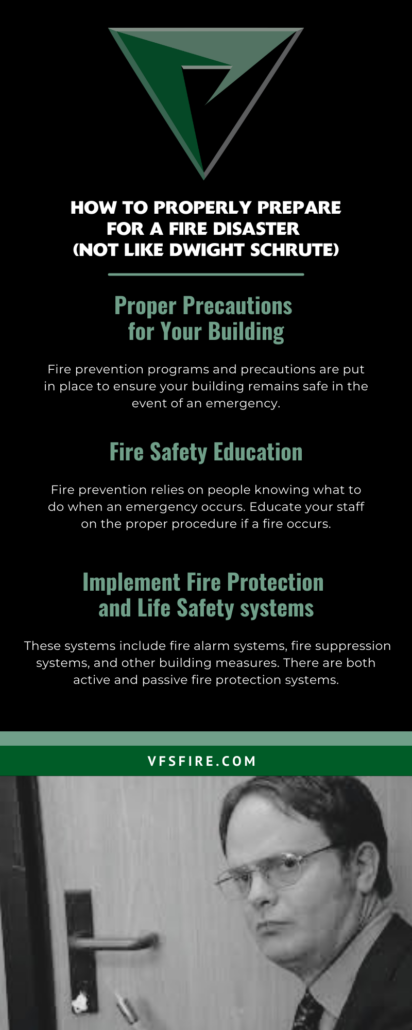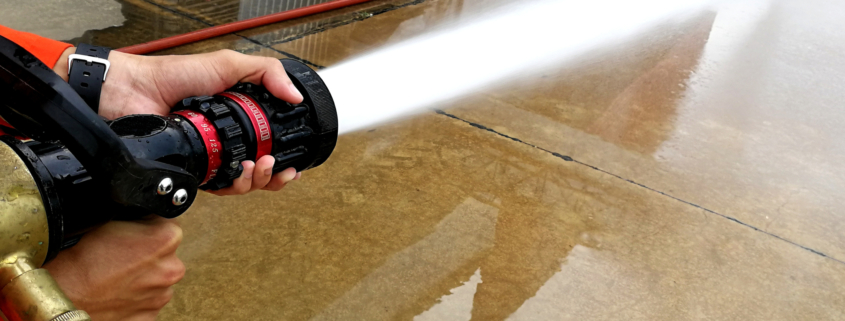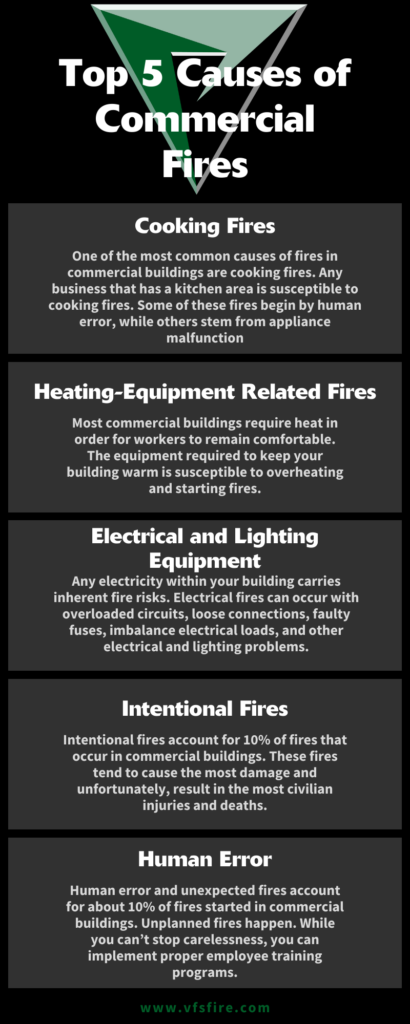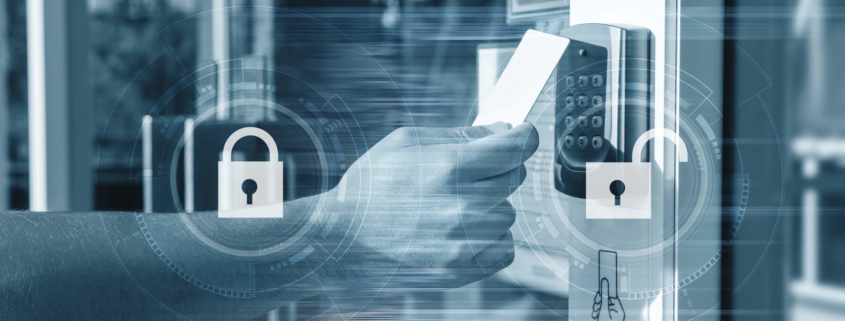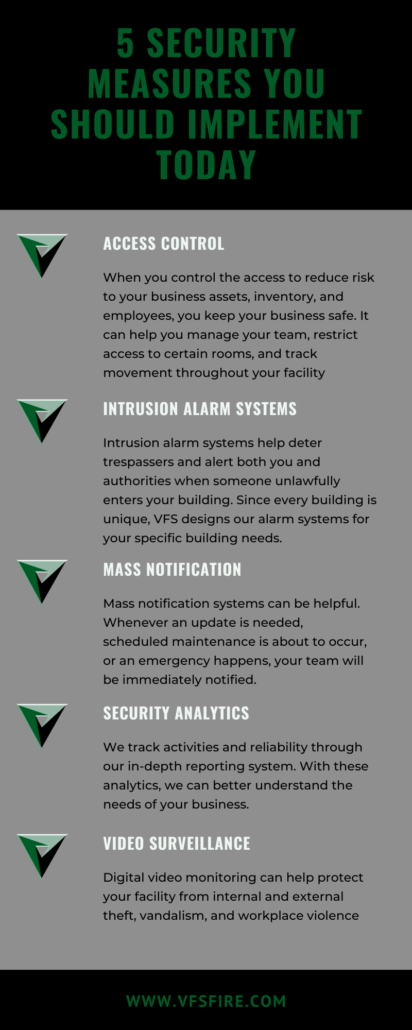Don’t let the holiday season make you forget the importance of fire safety (and the different types of sprinkler systems).
We understand it’s easy to forget the importance of fire sprinkler systems when there are presents to give, and delicious meals to eat with loved ones. But this year, don’t let the holiday ham set fire, and then not have the proper sprinkler system in place to protect your building from the fire.
If you happen to need your indoor showers (sprinkler systems and fire suppression systems) it’s best to understand what systems serve your specific building’s needs. Deluge vs. Pre Action Sprinkler Systems—what’s the difference? —–When it comes to fire protection for your building there are many options to consider, and it’s important to understand what these options may entail.
DELUGE SYSTEMS
WHAT IS A DELUGE SYSTEM?
Deluge suppression systems are typically used in special hazard installations when water must be applied to an entire area for fire protection. These systems are considered a ‘dry fire protection system’ as the piping for the system is empty and at an atmospheric pressure with the sprinkler heads all open. When heat or fire is detected by the system, the deluge valve releases the water, dry chemicals, inert gases, or foam.
The type of agent used in the systems is dependent on the hazard type and location of the fire protection system. Once filled, it releases from all sprinkler heads simultaneously, which helps to blanket the entire area, which, in turn, controls the fire.
These systems are typically used for facilities where an entire area needs to be protected immediately, rather than by a zone or specific location of the source of the heat or fire. Typical facilities that utilize deluge suppression systems are airport hangars, chemical plants, processing plants, and data storage centers. These systems are especially useful when you need to quickly flood an area to prevent a fire from expanding.
WHAT ARE THE TYPES OF DELUGE SYSTEMS?
There are a few different types of deluge systems. These systems can be electronically operated, others are pneumatic. The electronically operated systems work when an alarm is set off via a detector, pull station, or another alarm system. Once the alarm is activated, it will energize the solenoid valve, which releases the prime water, or other agents, off the top of the valve, which allows the deluge valve to trip and deliver the agent to the hazard.
PRE-ACTION SPRINKLER SYSTEMS
WHAT IS A PRE-ACTION SPRINKLER SYSTEM?
Pre-action sprinkler systems, on the other hand, are used to protect areas where water damage from damaged sprinklers or piping needs to be avoided. These are a middle ground between dry and wet fire protection systems.
The major difference between a deluge suppression system and a pre-action system is that pre-action systems are filled with compressed air. The sprinkler heads remain closed until needed, and a pre-action valve holds back the water. It is a hybrid dry/wet system as it is a dry system until it is activated at which point it becomes a wet system.
Pre-action fire sprinkler systems require two steps to discharge the agent. When the system first detects heat or fire the pre-action valve opens. Next, the pipes are flooded with water, dry chemicals, inert gases, or foam. After it’s filled, the specific sprinkler head must detect heat or fire to open. Then, the system will work to extinguish the fire in the immediate area.
Unlike deluge systems, these systems only cover an area that detects heat or fire. Coverage expands as more sprinkler heads detect heat/fire.
WHY WOULD YOU CHOOSE A PRE-ACTION SPRINKLER SYSTEM?
One of the best reasons to incorporate pre-action sprinkler systems into your building is because sprinkler heads may be falsely triggered. When these sprinkler heads accidentally activate, there may sometimes be costly, irreversible property and water damage to your building. Because pre-action fire sprinkler systems require two-part discharge, they provide an elevated level of protection from accidental discharges.
Another reason to utilize pre-action fire sprinkler systems is the ability of the pressurized air or nitrogen to detect leaks in the system. This allows you to ensure your system is functioning properly when you need it most.
WHAT OTHER SPRINKLER SYSTEMS SHOULD I CONSIDER?
There are a few other fire sprinkler systems to consider as you work to ensure your building remains protected.
WET PIPE SPRINKLER SYSTEMS
These systems are the most popular sprinkler systems. They are extremely effective, low-cost, and low-maintenance. This system’s pipes remain filled with water. Once triggered by the heat-source, water flows through the activated sprinkler to the source of the fire. These systems are extremely quick to react to potential fires, however they are at risk of freezing in cold environments.
DRY PIPE SPRINKLER SYSTEMS
In freezing climates, dry pipe sprinkler systems are a better choice than wet pipe systems. These systems do not carry water in the piping until they are activated.
Instead, these pipes are filled with pressurized air and nitrogen. When the system is activated, the dry pipe valve opens and water flows in when the sprinkler head is triggered.
The disadvantage of these systems is that their response time is delayed. Another potential downfall to these systems is the required maintenance. Sprinkler corrosion is more prevalent in these systems, as the compressed air and oxygen create an enticing environment for corrosion.
SINGLE INTERLOCK
These systems require a single, preceding fire detection event. This event is typically an activation of heat or smoke detectors. When the event occurs, the pre-action valve allows water to enter the piping system. With these systems, if a sprinkler head activates before this, it will sound a trouble alarm. However, no water will be discharged.
DOUBLE INTERLOCK
Double interlock pre-action systems provide an added layer of protection. These systems require a preceding fire detection to occur in conjunction with an automatic sprinkler activation, prior to water releasing into the pipes. One alarm activation will not be enough to discharge these sprinkler systems.
At VFS Fire & Security Services we understand that your unique building needs unique fire protection systems. Our team is equipped to ensure you receive the fire protection you need to keep your building and your people safe from harm.



